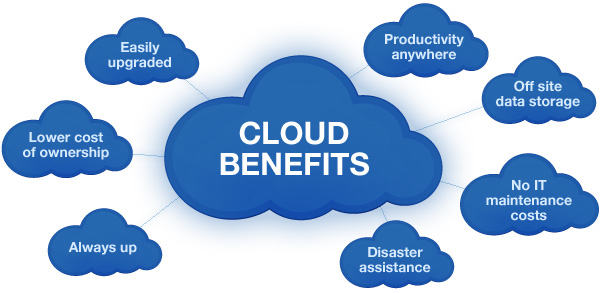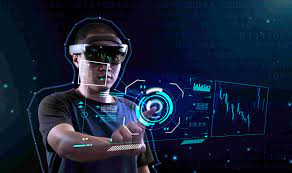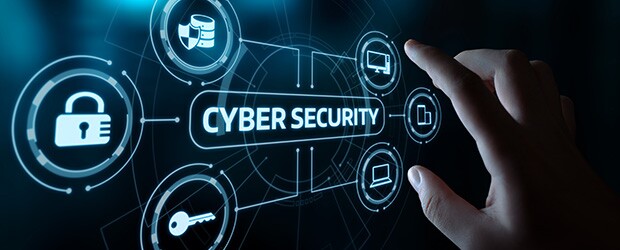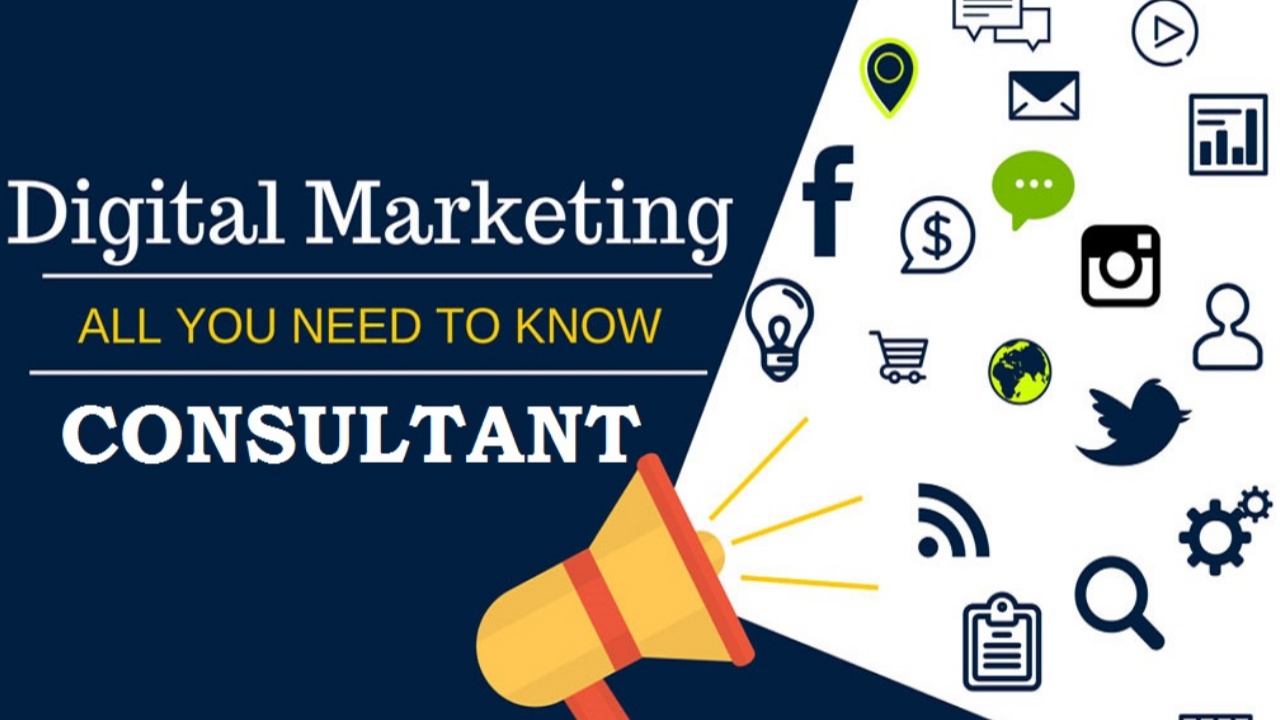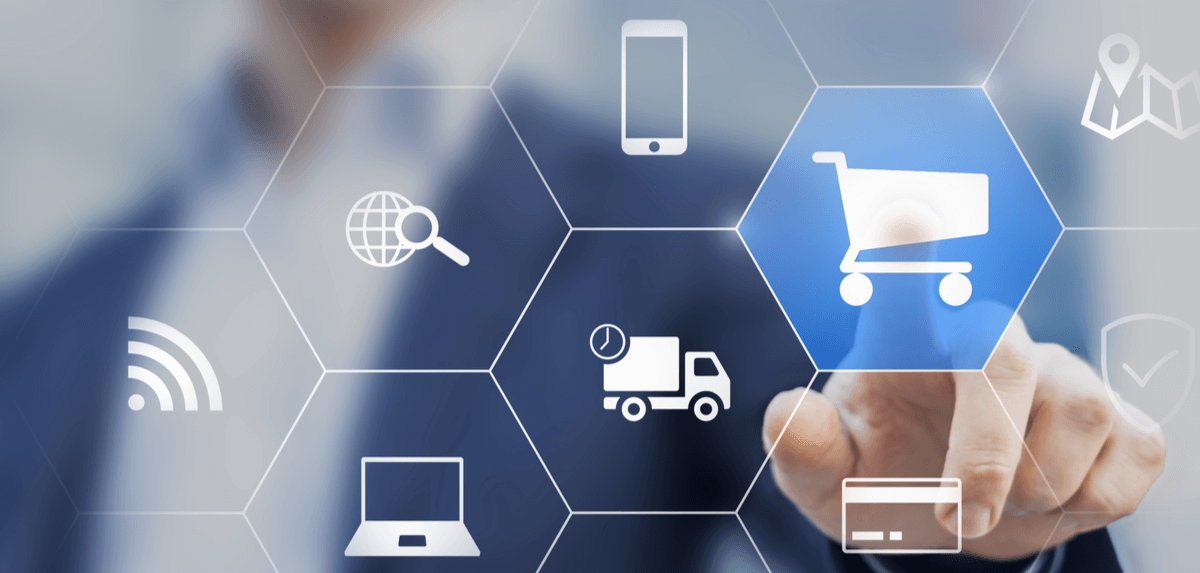Discovering the Internet of Things (IoT) in modern life
Internet of Things has become an integral part of modern life, reshaping industries, enhancing connectivity, and improving efficiency.

In today's rapidly evolving internet of things with digital landscape, the Internet of Things (IoT) stands at the forefront of a technological revolution. With the world becoming increasingly interconnected, IoT is playing an integral role in reshaping the way we live, work, and interact with the world around us.
In this blog post, we will delve into the multifaceted role of IoT in modern life, exploring its impact on various aspects, including WWT, IT services, cutting-edge technology, and the edge technology landscape. So, let's embark on a journey through the world of IoT and discover how it's shaping our future.
The Foundation of Modern Connectivity in Internet of Things
The IoT is essentially a network of physical objects embedded with sensors, software, and other technologies that enable them to collect and exchange data with other devices and systems over the internet.
These "smart" objects can range from everyday devices like refrigerators and thermostats to industrial machinery and autonomous vehicles. One of the key benefits of IoT is its ability to connect the unconnected.
By integrating everyday objects into a digital ecosystem, IoT enables them to communicate, share information, and perform tasks autonomously, which was once a fantasy of science fiction. This newfound connectivity is the foundation of modern life as we know it.
Revolutionizing WWT (Work, Wellness, and Transportation)
- Work: IoT has transformed the way we work. With the rise of remote work and the increasing demand for flexibility, IoT technologies have enabled seamless communication and collaboration. Smart offices use IoT devices to optimize energy usage, monitor workspace occupancy, and enhance security. Employees can control lighting, temperature, and even access via their smartphones. IoT-driven automation has also led to more efficient workflows, reducing operational costs and increasing productivity.
- Wellness: The concept of wellness has evolved with IoT. Wearable devices, such as smartwatches and fitness trackers, have become ubiquitous. They monitor our physical activity, heart rate, sleep patterns, and even stress levels. These devices empower individuals to take control of their health, fostering a proactive approach to well-being. Additionally, IoT-driven telemedicine has made healthcare more accessible, with remote consultations, real-time health monitoring, and medication reminders.
- Transportation: IoT is revolutionizing transportation, making it safer, more efficient, and eco-friendly. Smart cities leverage IoT to monitor traffic flow, reduce congestion, and improve public transportation. Self-driving cars, equipped with a myriad of sensors and connectivity, are on the horizon, promising to transform our daily commutes. Moreover, IoT plays a crucial role in optimizing supply chains and logistics, ensuring goods reach their destinations with minimal delays and maximum efficiency.
Enabling IT Services for a Connected World
IoT's impact on IT services is profound. As the number of IoT devices continues to grow exponentially, the demand for robust IT infrastructure and services to support them has never been higher. Here's how IoT and IT services go hand in hand:
- Data Management: The sheer volume of data generated by IoT devices is staggering. IT services providers play a pivotal role in managing and analyzing this data to derive meaningful insights. Big data analytics and machine learning are essential tools in this process, enabling businesses and organizations to make data-driven decisions and enhance their operations.
- Security: With the proliferation of IoT devices, security concerns have also escalated. IT services companies are tasked with ensuring the cybersecurity of these devices and the networks they operate on. This includes implementing robust encryption, authentication, and intrusion detection systems to safeguard against cyber threats.
- Scalability: IoT deployments often require scalable IT infrastructure to accommodate the growing number of devices and the data they generate. IT services providers help organizations design and maintain scalable systems that can adapt to changing needs seamlessly.
- Integration: IoT devices often need to integrate with existing IT systems and applications. IT services firms specialize in creating seamless connections between IoT devices and legacy systems, ensuring data flows smoothly and that organizations can derive maximum value from their investments.
In essence, IoT has given rise to a new era of IT services, driving innovation and pushing the boundaries of what is technologically possible.
The Cutting-Edge Technology Landscape
IoT is at the forefront of cutting-edge technology development. It has given rise to a plethora of advancements and innovations that are shaping our world in ways we couldn't have imagined a few decades ago:
- 5G Connectivity: The rollout of 5G networks is instrumental in IoT's growth. 5G offers faster and more reliable connectivity, making it possible for IoT devices to transmit and receive data in real-time. This is critical for applications like autonomous vehicles and remote surgery, where latency can be a matter of life and death.
- AI and Machine Learning: IoT devices are becoming smarter through the integration of artificial intelligence (AI) and machine learning algorithms. These technologies enable devices to make decisions autonomously based on data analysis, leading to more efficient and adaptive systems.
- Blockchain: The decentralized and secure nature of blockchain technology is finding its way into IoT applications. It enhances security by providing tamper-proof records of device interactions, making it particularly valuable in industries like supply chain management and healthcare.
- Edge Computing: Edge technology is an integral part of IoT's evolution. Rather than sending all data to centralized cloud servers, edge computing processes data locally, at the device or gateway level. This reduces latency and ensures faster response times, making it essential for applications that require real-time decision-making, such as autonomous vehicles and industrial automation.
The Technological Revolution and Viva Technology in Internet of things
Viva Technology, often referred to as VivaTech, is a major technology conference and exhibition that showcases the latest innovations and startups from around the world. IoT plays a significant role in events like VivaTech, where it takes center stage as one of the most transformative technologies of our time.
It's not just about gadgets and gizmos; IoT is changing industries, improving efficiency, and enhancing our quality of life.
At VivaTech, industry leaders, entrepreneurs, and innovators come together to discuss the future of technology and how it can drive positive change. IoT is a common topic of discussion, with startups and established companies alike presenting their latest developments and solutions. Whether it's smart cities, healthcare, agriculture, or manufacturing, IoT is woven into the fabric of innovation at VivaTech.
In conclusion, the Internet of Things (IoT) has become an integral part of modern life, reshaping the way we work, interact, and experience the world around us. Its role in enabling connectivity, enhancing IT services, driving cutting-edge technology, and being a focal point of technological events like VivaTech cannot be overstated.
As IoT continues to evolve and expand its reach, it promises to bring about even more transformative changes, making our lives smarter, more efficient, and more interconnected than ever before. Embracing IoT is not just about keeping up with the times; it's about shaping the future we want to live in.
What's Your Reaction?








